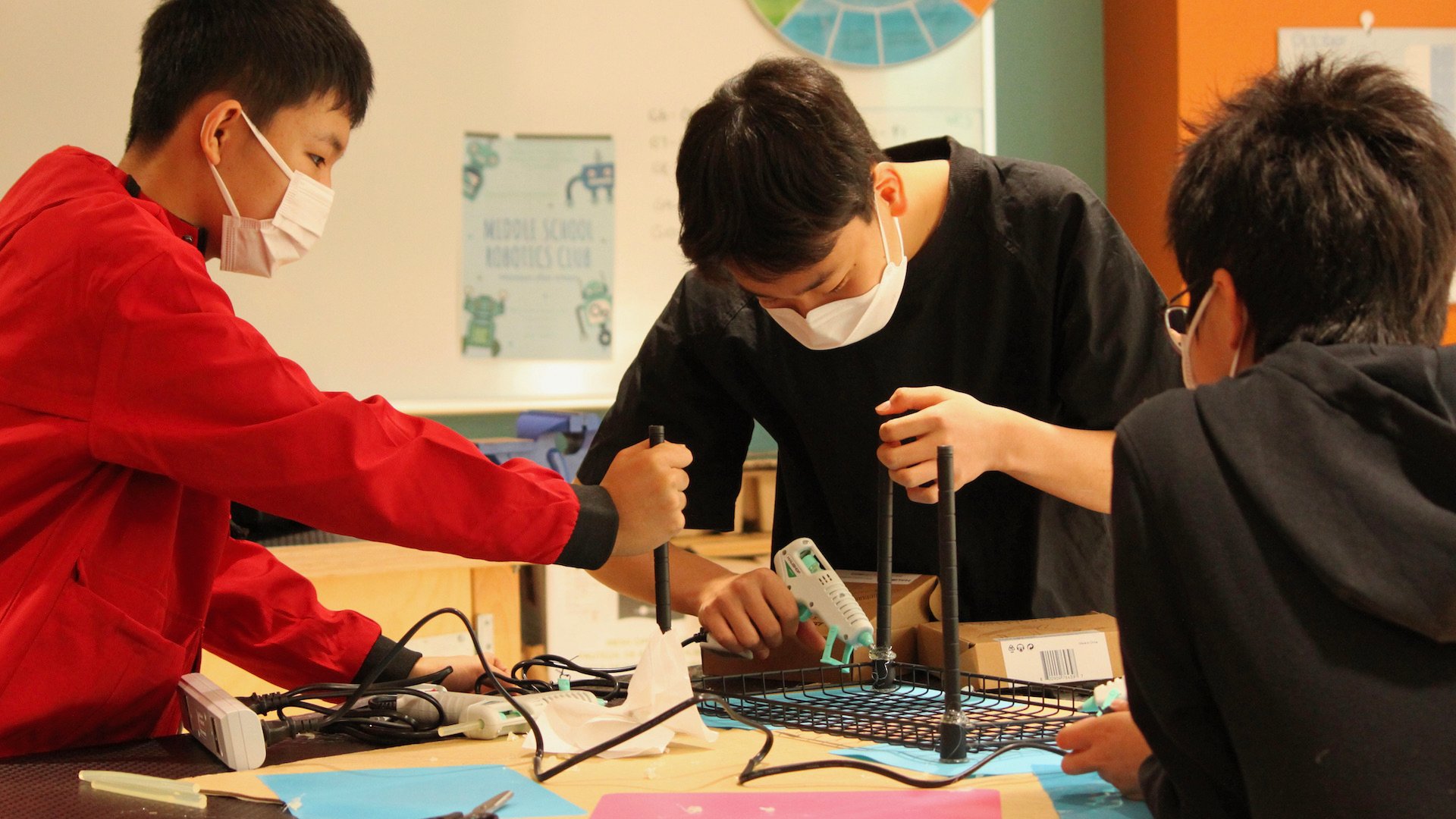
At Nagoya International School (NIS), between the International Baccalaureate PYP (Primary Years Program) and the DP (Diploma Program) sits the MYP (Middle Years Program). It is a bridge, as it were, to join the journey that the PYP sets as a course for inquiry-based learning for grades 1-5 to the content-based and more performatively intense DP in grades 11-12. And it may be surprising, but not all schools offer the MYP program as part of their IB curriculum. Authorization can be difficult, and its coordination can be complicated. However, NIS felt that to ensure success in the content-heavy IBDP, candidates have to know not just what they need to learn but also how to learn. That is where the MYP comes into play.
The MYP has been an official part of the NIS curriculum since its full authorization in 2017 after a five-year candidate school period. And though several predecessors helped lay the groundwork for accreditation, Ms. Farrell was the first MYP coordinator at NIS since achieving full authorization. She sat down to explain the MYP’s function within the IB program and how it works here at NIS.
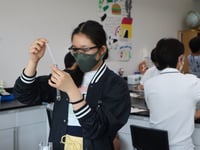

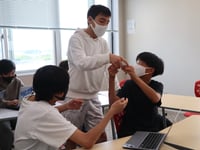
What is the MYP, Exactly?
“The MYP is a framework to which we connect learning to the real world,” Farrell explained. She likes to use the analogy of a spiderweb to describe the program. “Like the web, it has all these connection points of the threads that create a strong framework but has the flexibility to move in the wind. And it also has the gaps - these allow each teacher to fill in parts to suit their students’ learning.”
“Bottom line is we are educating kids for jobs that don’t yet exist.” The skills that they learn in the MYP, like collaboration, communication, analysis, and others, form a base of skills allowing students to process the content of any unit or lesson. These concepts can then be taken into the world and applied in any context. “For example, if a student learns how to do research and how to analyze sources and prior knowledge, then the students will be able to do that in Science, English, History, or Math...or any other subject they are studying.” This is the MYP.
From Concepts to the Classroom
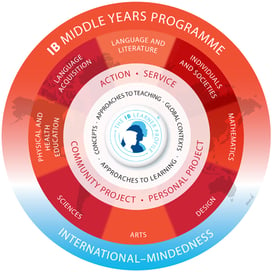 Sounds simple, right? Not so fast! With eight subject groups, six global contexts, 16 key interdisciplinary concepts, five ATL (approaches to learning) skill clusters but over 150 skills contained within, there is a lot to build into the students’ learning!
Sounds simple, right? Not so fast! With eight subject groups, six global contexts, 16 key interdisciplinary concepts, five ATL (approaches to learning) skill clusters but over 150 skills contained within, there is a lot to build into the students’ learning!
The ALT skills are a crucial foundation of the MYP, and there are one or two ATLs embedded per unit. However, they aren’t just passively learned, but rather actively and explicitly taught and executed within the summative evaluation. Making skills explicit creates connections for the students to recognize them and apply them in other contexts. “It is one thing to recognize that the students might have a certain skill and use it - say ‘empathy’ - but it is the teacher’s responsibility to connect that skill to what they are learning and doing. This creates a guidepost so that students can actively recognize when it can be used in other contexts,” explains Farrell. “So when they get to the DP in Gr. 11, and there is so much content, they can better grasp that content because they know how to approach the learning.”
Key concepts are different for different subjects, but there is considerable overlap and, theoretically, should be transferable amongst subjects. For example, in PHE (Physical and Health Education), key concepts are development, communication, change, and relationships. These are the core concepts from which teachers create lessons. Students and parents coming from more traditional education models might find this quite different at first. Teachers do not develop units around topics but rather these concepts. Ms. Farrell explains, “For example, we wouldn’t teach a unit on soccer - it isn’t conceptual. Instead, I would likely develop the lesson on change and talk about the concept of space. When you allow for space in soccer, you can score a goal. Conversely, if you take space away, it is more difficult to score.” She then explained that the students could move on to a different sport and see what skills they can transfer and what new ones they need to develop.
Ms. Farrell then went on to describe the idea behind the Global Contexts. “Global Contexts can be likened to pairs of glasses, each with a different lens. If I put on my science and technology sunglasses, I can look at my subject through that lens, but I could take them off and put on my personal and cultural expression and look at the subject from that lens.” The way units are created should allow for various lenses to be used throughout.
What is Different about the MYP
Admittedly, it is often hard for parents coming to NIS from a more traditional model to relate to the MYP because there aren’t many tests. Instead, there are a lot of projects. “It is a lot freer, and there are a lot of moving parts, and so they don’t necessarily see the skill building so concretely,” confided Farrell. “For example, say in math, the students will be discovering concepts around patterns and how to communicate about math as opposed to just solving a problem and being assessed on whether or not they came up with the correct answer to a problem.”
That being said, the culmination of the MYP - the Grade 10 “Personal Project” (or “PP” for short) - requires external evaluation by the IB organization and is designed to demonstrate their grasp of all of the learning objectives set out within the curriculum. The MYP PP is a year-long inquiry into a personal passion or interest that results in an exhibition and report, reflecting on their project related to the Global Context they chose and what ATLs were applied. It is an essential rite of passage for students before graduating to the DP courses. The MYP is also where Service as Action (SaA) activities are introduced.
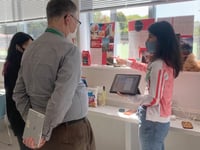
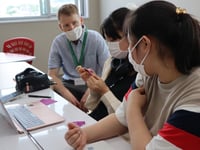

The MYP - an Important Part of the Journey
Essentially each IB program - the PYP, MYP, and DP - has its purpose: introduce, practice, and master. The PYP Transdisciplinary Themes correlate to the MYP Global Contexts, and the PYP Gr. 5 Exhibition leads to the MYP Personal Project in Gr. 10, and then the Extended Essay, which is a requirement in the DP in Gr. 12. Action elements in PYP are the precursors to the SaA/CAS continuations in the MYP and DP. By the time students arrive at the content-heavy and exit exam-focused DP, they should be prepared because they have learned “how to learn” during their MYP years. “In essence, the MYP is far more than learning a topic. It is hard to label, and it is hard to contain in a box because if we do it correctly, the students will be making connections and taking their learning in directions that would likely veer away from a structured, traditional lesson plan.” And that, indeed, is the desired outcome!










